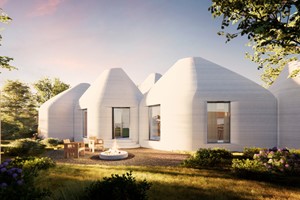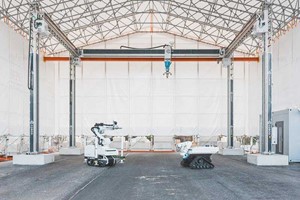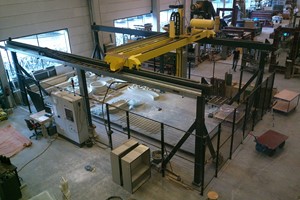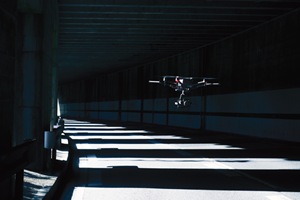Eight of the twelve stadiums that will host the 2018 World Cup in Russia have been constructed using Trimble's Tekla Structures software. They are now ready to welcome football fans in Moscow, Saint Petersburg, Saransk, Volgograd, Nizhny Novgorod, Samara, Sochi, and Kazan.
Tekla Structures is an advanced Building Information Modeling (BIM) tool, which allows the designers, contractors, and construction organizations behind the stadiums to complete high quality work. Each stadium constructed for the World Cup has its own unique, spectacular structural details. Moscow’s Spartak Stadium will seat up to 45 000 spectators during the 2018 World Cup.
Thick-walled pipes were used in the construction, which made it possible to reduce metal consumption by 1.3 -- as a result, the roof weighs a relatively lightweight 8 500 tons. With Tekla’s 3D model files working together with automated production, the project flowed smoothly from the drawing phase to the manufacture phase. Saint Petersburg Stadium, designed by architect Kisho Kurokawa, will seat 67 000 spectators while hosting seven World Cup 2018 matches. The stadium’s structural features include a roll-out field and 286-meter-wide retractable roof.
After ten years of construction, the project was taken over by Kurganstalmost. By using Tekla Structures, they were able to identify potential collisions and avoid unnecessary work at the construction site, resulting in quick compliance with FIFA requirements. According to Kurganstalmost, the use of BIM technology was critical, especially given the tight schedule.
The oval-shaped Mordovia Arena, located in Saransk, will host four matches and seat up to 44,000 spectators. The base of the stadium is composed of 88 interlinking consoles 40 meters high with a span of 49 meters. Belenergomash, Mordovia Arena’s steel fabricator, also produced complex 60-meter metal structures with an accuracy of up to 10 mm, and a large number of welded joints. With BIM technology, Belenergomash’s specialists were able to streamline their workflow and ensure productive communication among different divisions.
Volgograd Arena, which will host four matches and seat 45 000 people, features a unique cable-stayed roof and openwork wicker-themed façade. The stadium’s technical complexity made it necessary for supply and construction to work closely to ensure optimal accuracy in both manufacturing and assembly. In order to manage such a difficult task, the right technical equipment was needed. Tekla’s BIM technology integrated all available information about the facility’s construction into one information-packed 3D model. Data could be transferred straight from the model to machine, allowing more flexibility and more accuracy, as well as significantly reducing production times.














